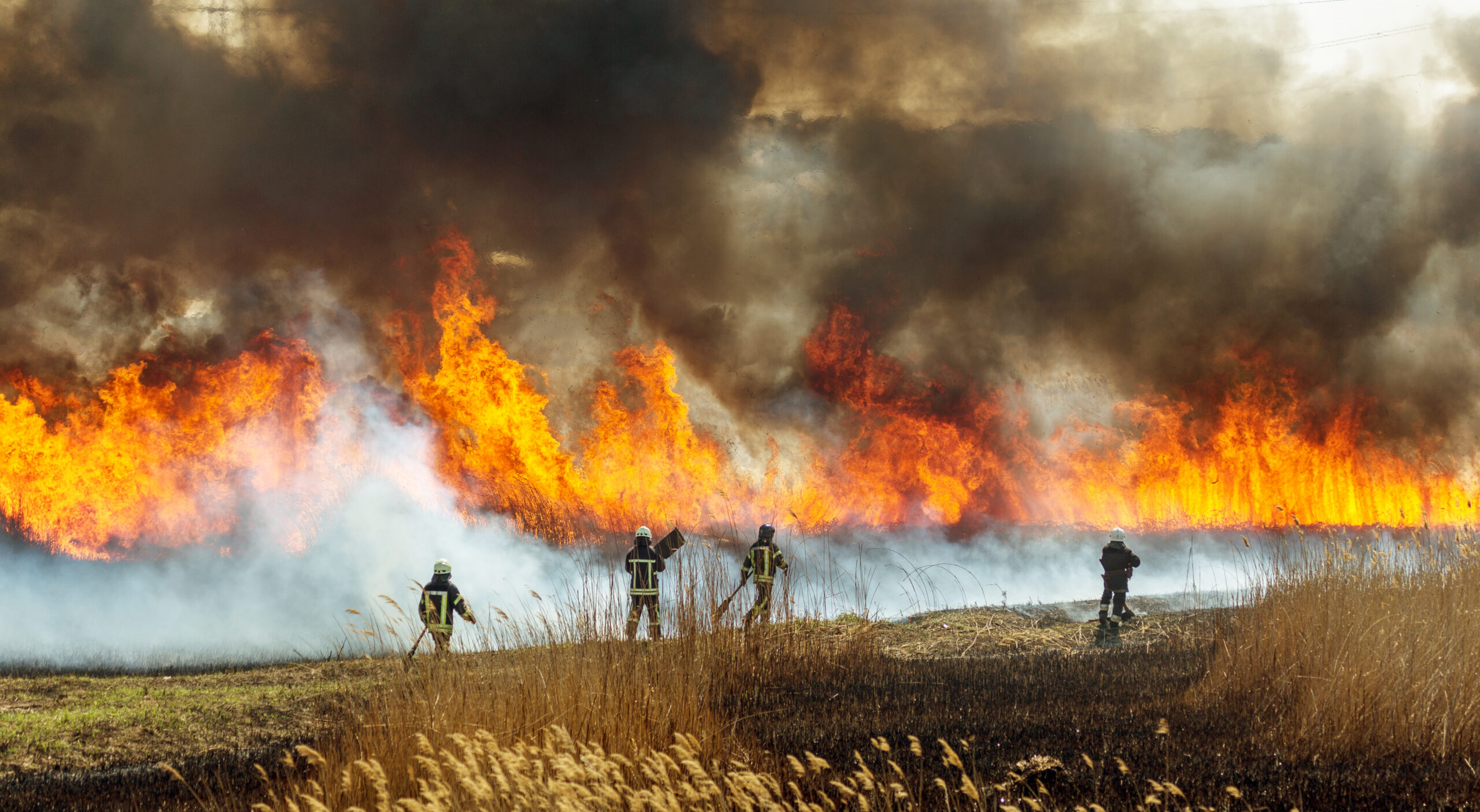On Wednesday, July 3rd, nearly 30,000 residents in northern California were forced to evacuate as the Thompson Fire, fueled by extreme heat and dry conditions, rapidly spread near Oroville. The fire has scorched over 3,500 acres and destroyed at least four structures, with containment efforts hampered by the intense heatwave gripping the state.
The California Department of Forestry and Fire Protection (CalFire) reported that more than 1,400 firefighters have been deployed to battle the blaze, which remains at 0% containment. Governor Gavin Newsom declared a state of emergency in Butte County to ensure resources are available for firefighting and recovery efforts. The state also secured a fire management assistance grant from FEMA to cover firefighting costs.
The National Weather Service has issued excessive heat and red flag warnings across the state, predicting temperatures could reach up to 118°F in some areas. These conditions have exacerbated fire risks, with officials urging the public to avoid activities that could spark new fires, particularly around the Fourth of July holiday.
Fire season in California, which typically runs until October, has intensified in recent years due to climate change. The current heatwave, described as potentially historic, is expected to persist, increasing the risk of additional fires.
Local residents have shared their experiences of the sudden evacuations. Oroville City Council member Shawn Webber posted videos showing charred hillsides and praised the efforts of firefighters in protecting the community.
With multiple fires burning across the state and weather conditions expected to worsen, authorities are bracing for a challenging and prolonged fire season. The impact on communities, including displacement and property loss, underscores the urgent need for effective fire management and climate resilience strategies.










